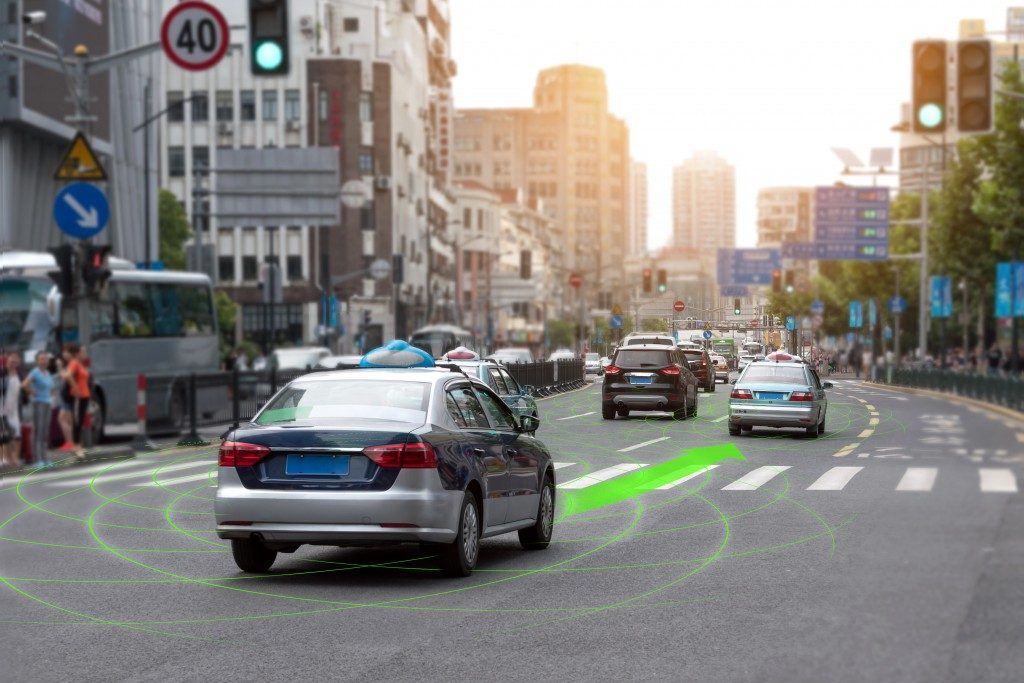Car crashes may have been dethroned from the top spot on the list of causes for preventable deaths in the US, but it doesn’t mean that it’s no less dangerous. It’s still one of the leading causes of deaths in the country. Among the myriad reasons behind car accidents, distracted driving may be the most common.
Distracted driving claims nine lives each day in the US. Additionally, more than 390,000 people sustained injuries from motor vehicle crashes because of distracted driving. Personal injury lawyers from Utah and all the way to New Jersey have their hands full handling automobile accident cases because of distracted driving.
There are three kinds of driving distractions: visual, manual, and cognitive. While visual and manual driving distractions are easier to understand, catch, and avoid, the same can’t always be said about cognitive distractions.
Defining Cognitive Distraction
If visual distractions are when you take your eyes off the road and manual distractions are when you take your hands off the steering wheel, then cognitive distractions are when you take your mind off of driving and don’t pay attention to the road. They cause your focus to drift to other things or activities and put driving on the backseat, so to speak. Examples of cognitive distractions are:
- Daydreaming
- Singing along to the radio
- Talking to other people
- Being under the influence (either alcohol or drugs)
- Interacting with a hands-free device
Take note, cognitive distractions can significantly impair your ability to drive, even as you keep your hands on the wheel and your eyes on the road. Sources of mental distractions can make you miss road signs and cues, increase your reaction time, and reduce visual scanning of your peripheral environment.
Rating Driver Distractions
 As interactive technologies advance and hands-free infotainment systems make their way to more cars, drivers are exposed to more cognitive distractions. True, it may reduce visual and manual distractions (like fiddling with the radio knobs and typing on your phone), but it also demands higher levels of mental concentration from drivers.
As interactive technologies advance and hands-free infotainment systems make their way to more cars, drivers are exposed to more cognitive distractions. True, it may reduce visual and manual distractions (like fiddling with the radio knobs and typing on your phone), but it also demands higher levels of mental concentration from drivers.
A study from the American Automobile Association Foundation found that different in-vehicle activities require varying levels of mental concentration or cognitive workload.
Listening to music, an audiobook, or similar audio recordings are low-level distractions, garnering cognitive workload rating scores of less than two. Talking to passengers or to other people through hands-free devices, meanwhile, are classified as moderate-level cognitive distractions, with workload ratings no higher than 2.45 (out of five). Using speech-to-text devices — whether to send or receive a message or complete other tasks —is considered a high-level distraction.
Difficult but Not Impossible
Fortunately, distracted driving is avoidable. If you find yourself anxious or stressed for any reason and unable to focus on driving, take deep breaths and find a safe spot to pull over and take a break. Instead of using the text-to-speech function of your smart devices, ask your companions to be in charge of the task instead. Tell your passengers when they’re too distracting, too. Your focus on driving is more important than potentially hurt feelings.
It will take time and effort to break your bad driving habits but keep in mind that it’s your life (and the life of your passengers and fellow drivers) that’s on the line.
